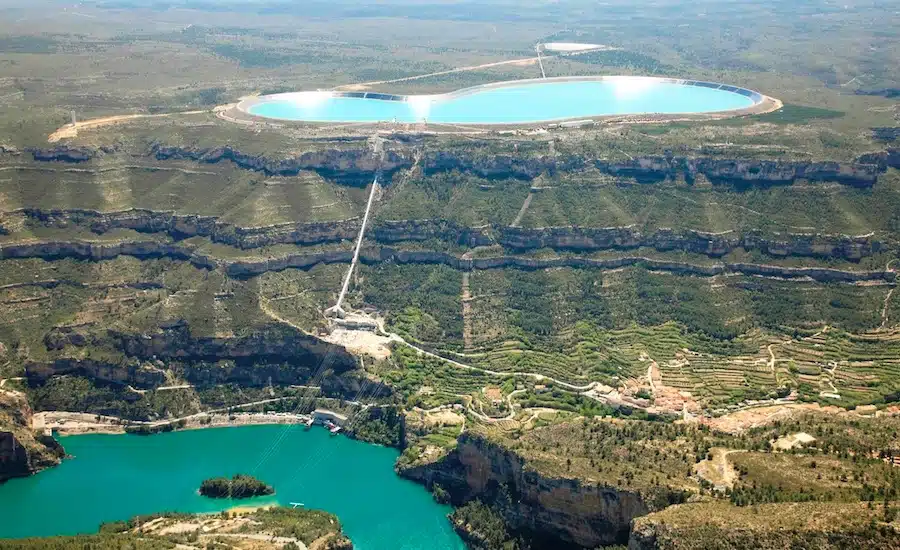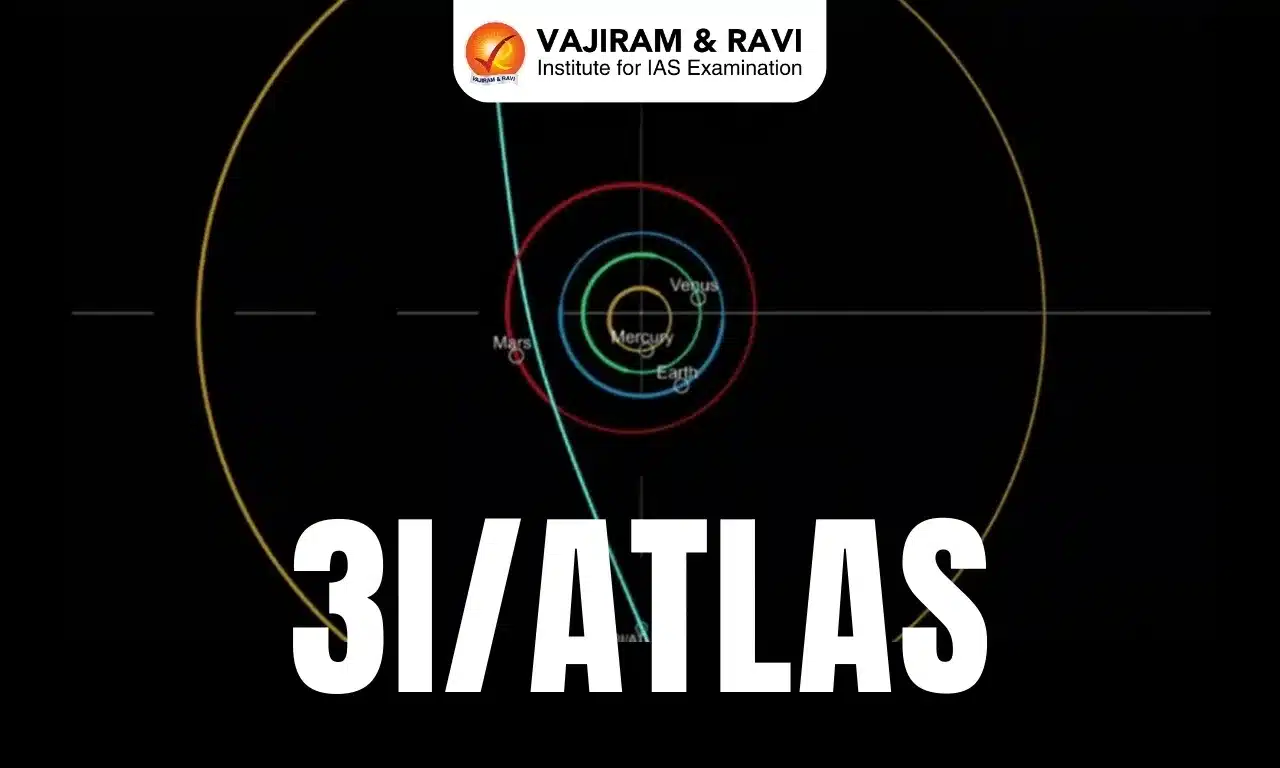About Pumped Storage Hydropower (PSH):
- PSH is a type of hydroelectric energy storage.
- PSH is a fundamentally simple system that consists of two water reservoirsat different elevations.
- Working:
- When there is excess electricity available, such as during off-peak hours or from renewable sources like solar and wind, it is used to pump water from the lower reservoir to the upper reservoir.
- When there is a demand for electricity, the water is released from the upper reservoir back down to the lower reservoir, passing through turbines that generate electricity.
- The system also requires power as it pumps water back into the upper reservoir (recharge).
- PSH plants operate much like conventional hydropower plants, except PSH has the ability to use the same water over and over again.
- The technology absorbs surplus energy at times of low demand and releases it when demand is high.
- The energy storage capacity of a PSH depends on the size of its two reservoirs, while the amount of power generated is linked to the size of the turbine.
- There are two main types of PSH:
- Open-loop: with either an upper or lower reservoir that is continuously connected to a naturally flowing water source such as a river.
- Closed-loop:an ‘off-river’ site that produces power from water pumped to an upper reservoir without a significant natural inflow.
Q1: What is a Turbine?
A turbine is a device that harnesses the kinetic energy of some fluid – such as water, steam, air, or combustion gases – and turns this into the rotational motion of the device itself. Turbines are generally used in electrical generation, engines, and propulsion systems.
Source: Here’s why Union Budget 2024 promised policy on pumped storage
Last updated on July, 2025
→ UPSC Notification 2025 was released on 22nd January 2025.
→ UPSC Prelims Result 2025 is out now for the CSE held on 25 May 2025.
→ UPSC Prelims Question Paper 2025 and Unofficial Prelims Answer Key 2025 are available now.
→ UPSC Calendar 2026 is released on 15th May, 2025.
→ The UPSC Vacancy 2025 were released 1129, out of which 979 were for UPSC CSE and remaining 150 are for UPSC IFoS.
→ UPSC Mains 2025 will be conducted on 22nd August 2025.
→ UPSC Prelims 2026 will be conducted on 24th May, 2026 & UPSC Mains 2026 will be conducted on 21st August 2026.
→ The UPSC Selection Process is of 3 stages-Prelims, Mains and Interview.
→ UPSC Result 2024 is released with latest UPSC Marksheet 2024. Check Now!
→ UPSC Toppers List 2024 is released now. Shakti Dubey is UPSC AIR 1 2024 Topper.
→ Also check Best IAS Coaching in Delhi












